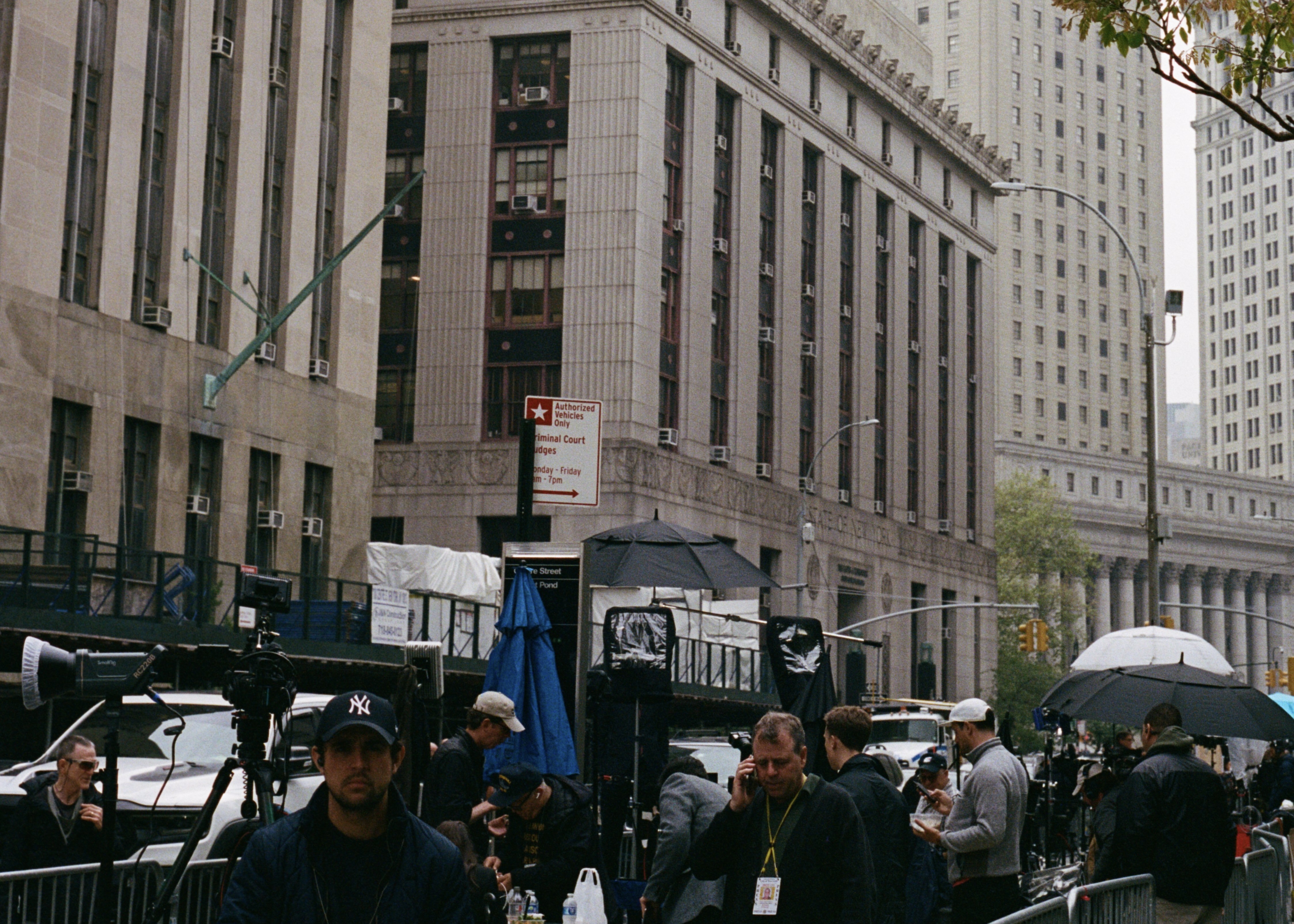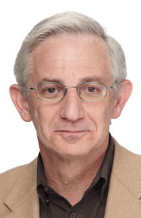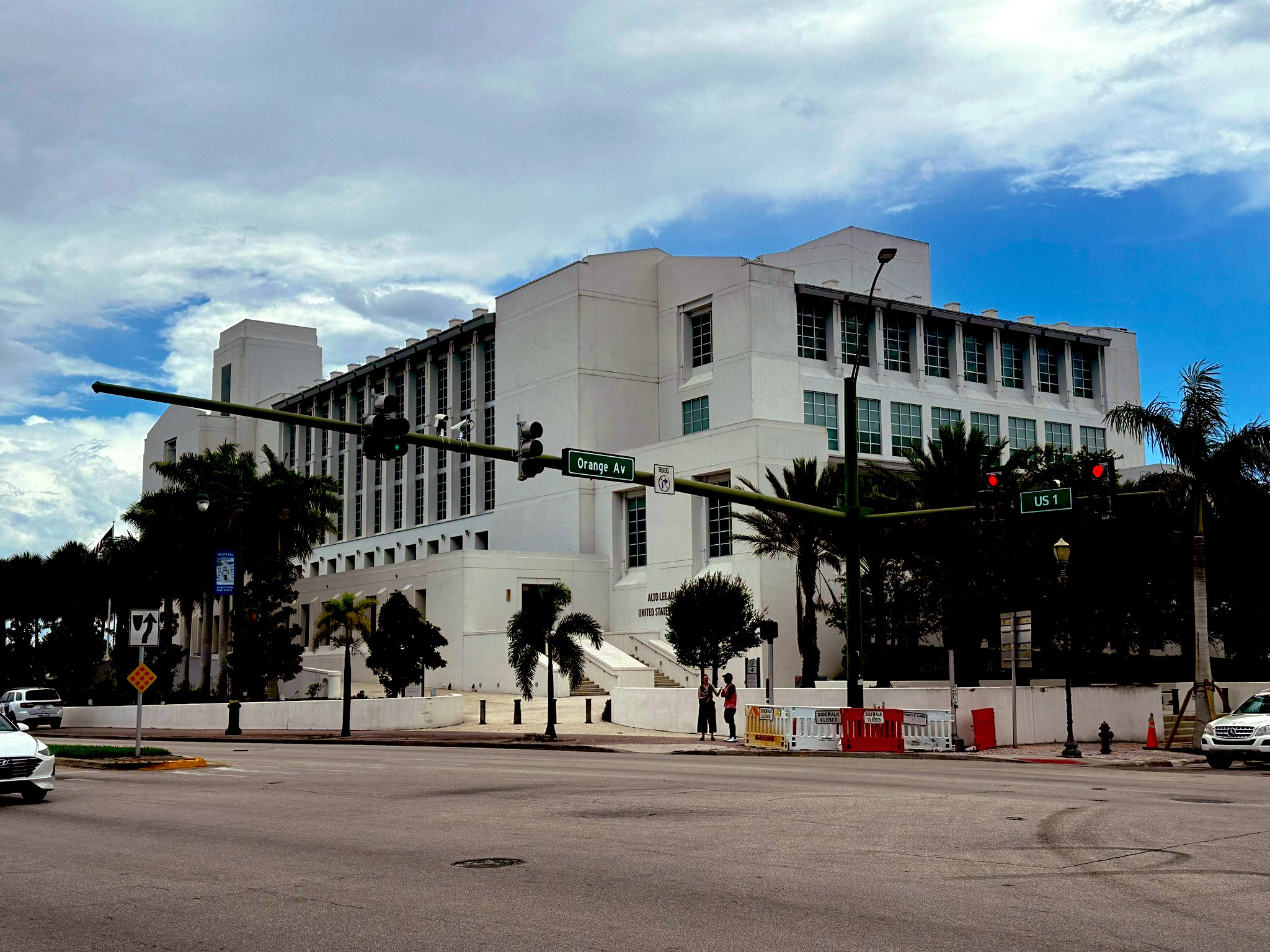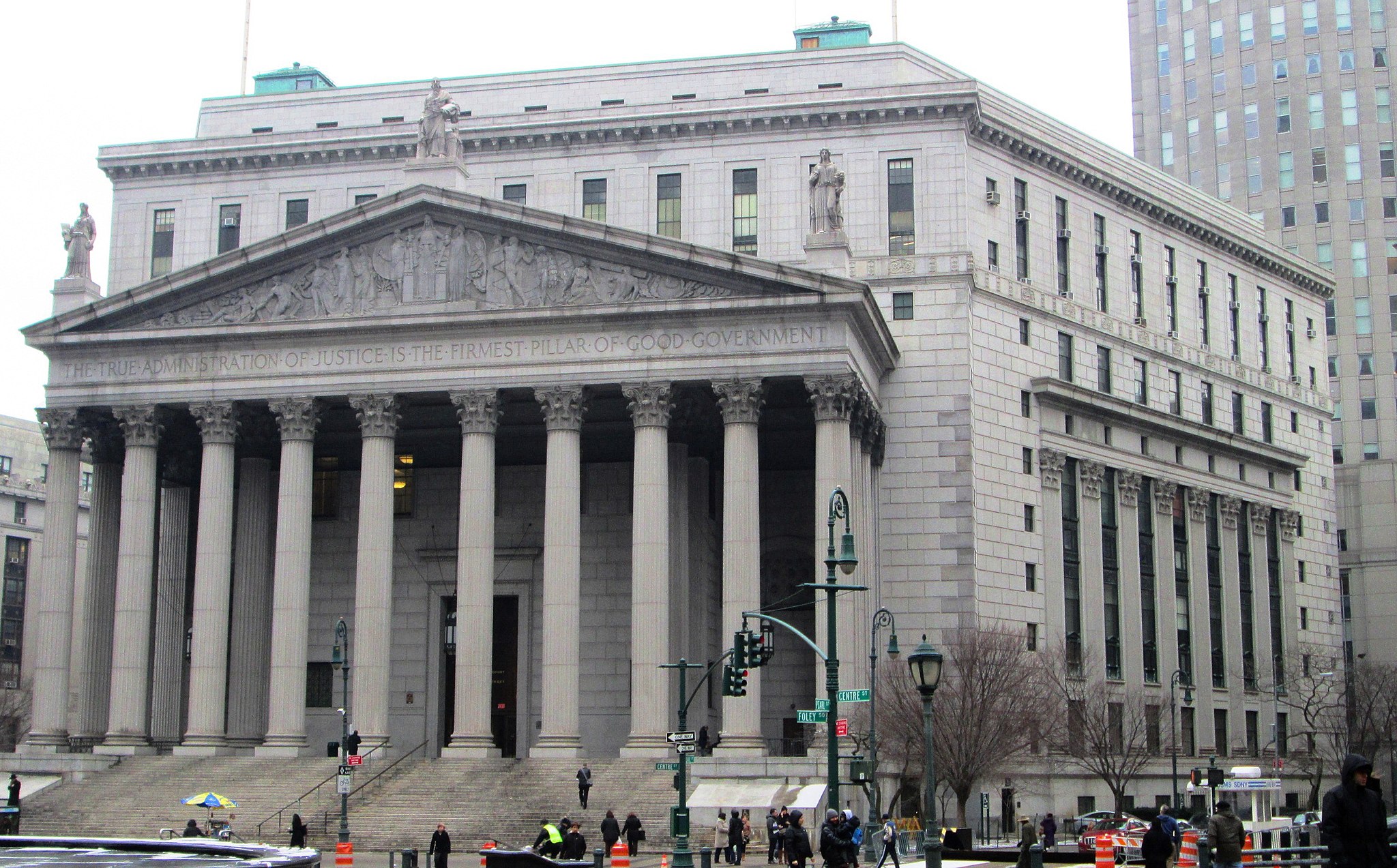Was D.A. Bragg Right to Bring the New York Charges Against Trump?

Published by The Lawfare Institute
in Cooperation With

Now that we’ve seen the People’s case against Trump in the so-called hush-money prosecution, it’s possible to make an educated guess about why District Attorney Alvin Bragg elected to go forward with the indictment he brought—one that many, including some liberal observers, have questioned.
Though we don’t know how Bragg weighed his charging decisions, we do know something about how his predecessor did. In February 2021, then-District Attorney Cy Vance Jr. placed the Trump probe in the hands of Mark Pomerantz, whom he appointed as a special assistant district attorney. Pomerantz, then about 70, was a veteran defense lawyer who had also served two stints as a prosecutor with the U.S. Attorney’s Office for the Southern District of New York, including one as the chief of its criminal division. In February 2023, Pomerantz published a book about his experience, “People v. Trump: An Inside Account,” which is my source for his perspective on the case.
Soon after surveying the evidentiary landscape, Pomerantz concluded that he had “predication”—a good-faith basis—for investigating a charge of “enterprise corruption.” That statute, which carries a theoretical maximum 25-year prison term and a mandatory minimum one-year term, is New York’s equivalent of the federal Racketeer Influenced and Corrupt Organizations Act (RICO). It permits prosecution of those who operate a business through a pattern of criminal activity over an extended period of time. Pomerantz considered that statute to be the “ideal vehicle” for pursuing Trump because
we had evidence that Trump had grown the business, and augmented his wealth, reputation, and power, through a pattern of criminal activity. The potential “pattern” crimes included defrauding persons and entities about his net worth and the value of his assets, underpaying his federal and state income taxes and property taxes, falsifying business records in order to conceal his agreement to pay hush money to women who claimed to have had extramarital affairs with him, operating Trump university as a consumer fraud, setting up a charitable foundation that was actually used as a personal slush fund, submitting fraudulent insurance claims, and other potential crimes.
Some of the conduct Pomerantz was describing above had already been adjudicated or litigated in civil proceedings. In 2018, Trump had settled three consolidated consumer fraud class actions relating to Trump University, including one brought by the New York State Attorney General’s Office, paying $25 million, which was about 90 percent of what the plaintiffs sought. In December 2018, Trump also agreed to dissolve Trump Foundation to resolve the state attorney general’s charges of a pattern of persistent illegal conduct, occurring over a decade, that includes extensive unlawful political coordination with the Trump presidential campaign, repeated and willful self-dealing transactions that benefit Trump’s personal and business interests, and violations of basic legal obligations for nonprofit foundations.
In November 2019, a state supreme court justice had also ordered Trump to pay $2 million in damages stemming from his foundation’s abuses.
Soon Pomerantz brought a criminal case for tax fraud against Trump’s closely held Trump Organization and its longtime chief financial officer, Allen Weisselberg. Pomerantz hoped Weisselberg would cooperate against Trump. Later, in August 2022, after Pomerantz left the office, Weisselberg did plead guilty to a 15-year scheme to defraud federal and state tax authorities. Specifically, he admitted all 15 felony charges against him, including grand larceny in the second degree—which carries a maximum 15-year penalty—as well as criminal tax fraud, scheme to defraud, conspiracy, offering a false instrument for filing, and falsifying business records. But Weisselberg, who had worked for Trump for decades and, before that, for his father, never did implicate Trump. Also later, in December 2022, a jury convicted two Trump Organization entities, Trump Corp. and Trump Payroll Corp., of 17 felony counts, including criminal tax fraud, scheme to defraud, falsifying business records, and conspiracy.
The prosecutions of Weisselberg and the Trump corporate entities, which were defended by skilled teams of lawyers, proved to be time- and resource-draining affairs for the district attorney’s office. By the summer of 2021, Pomerantz later wrote, he realized that an enterprise corruption charge “was not going to happen.” It was “too ambitious for the human and investigative bandwidth” of “a local prosecutor’s office.” Pomerantz began to focus on Trump’s provable role in propagating his brazenly false financial statements over about a decade—statements that Trump showed to lenders to qualify for lower interest rates. Pomerantz worked on this probe in conjunction with the Office of the New York State Attorney General, which had already been investigating these allegations before he arrived.
Pomerantz also considered bringing the so-called hush-money case relating to Trump’s alleged orchestration of disguised payoffs to buy silence from women who said they had had sexual encounters or affairs with him. “The whole situation reeked of deception,” Pomerantz later wrote, alluding to the agreement that Trump’s fixer Michael Cohen drafted with entertainment lawyer Keith Davidson to settle nonexistent “claims,” their “use of pseudonyms,” the “secret side letter,” the “phony invoices,” and Trump’s reimbursement of Cohen through monthly “retainer” payments. In some ways, Pomerantz thought, the hush-money case might be easier for a jury to understand than the false property-valuations case that was his main focus. But while Pomerantz regarded the hush-money case as worthy of prosecution, he did not want to bring such charges alone.
As we all now know, a New York hush-money case would be built on misdemeanor charges—falsification of business records—which are enhanced to felonies when a perpetrator is proven to have had an intent to commit or conceal another crime, known as the object crime. The most obvious object crime was, as Pomerantz saw it, a violation of the federal campaign finance laws. But no New York appellate court had squarely decided whether a federal crime could serve as the object crime for a falsification of business records charge. Pomerantz didn’t want to bring hush-money felonies alone, only to see a judge or appeals court later pare them back to misdemeanors because of an adverse ruling on this unresolved legal issue. (In District Attorney Bragg’s prosecution of the hush-money charges, he has chosen to rely on a state election law violation as the object crime. But even Bragg’s approach ultimately circles back, at least in part, to rely on the federal campaign finance violation again, as Lawfare’s Quinta Jurecic has explained.)
The false property-valuations case Pomerantz wanted to bring would have been the criminal equivalent of the civil case New York Attorney General Letitia James eventually did bring. It landed before Justice Arthur Engoron. Last September, Engoron found, on summary judgment, that Trump had, over about a decade, committed “persistent fraud ... in the carrying on ... of business” by wildly overvaluing at least nine of his largest properties in order to inflate his financial statements. Then, this past February, after a full trial on additional causes of action, Engoron issued a final opinion. “The frauds found here leap off the page and shock the conscience,” he wrote. “[The defendants’] complete lack of contrition and remorse borders on pathological.”
As a legal matter, Engoron found that Trump had committed his persistent frauds with intent to commit five crimes under the New York State Penal Law: falsification of business records, conspiracy to falsify business records, issuance of false financial statements, conspiracy to issue false financial statements, and conspiracy to engage in insurance fraud. Engoron then ordered expanded relief, including disgorgement of “ill-gotten gains” that, when interest was included, came to more than $450 million.
Though Pomerantz had wanted to charge Trump criminally for this conduct—and District Attorney Vance agreed, according to Pomerantz—some of the assistant district attorneys working under Pomerantz were cool to this idea, he recounts in his book. They told him the office didn’t ordinarily bring cases for defrauding lenders where, as here, no lender had lost its principal investment. In his book, Pomerantz expressed frustration with these prosecutors, who, he felt, lacked “creativity” and were failing to take into account the sui generis brazenness and long-standing nature of Trump’s misconduct.
Nevertheless, the dissenting assistant district attorneys may have been right. Given that the office was weighing what might become the first-ever indictment of a former president, and that the former president in question was of a different political party than the district attorney, pioneering legal theories were inappropriate. To bring such a case on an unprecedented theory would smell very much like vindictive or selective prosecution.
In January 2022, when Bragg succeeded Vance as district attorney, he apparently sided with the dissenting assistant district attorneys, declining to present Pomerantz’s false property-valuations case to a grand jury. Incensed, Pomerantz wrote his book. Shortly before publication, however, Bragg began presenting the hush-money case to a grand jury. The indictment was handed up in late March 2023. (Prosecutors said in a pretrial filing last November that they ultimately decided to bring the case in part based on new information, which included grand jury testimony in early 2023 from “two Trump campaign insiders.” The insiders’ names are redacted from the filing, but one may have been Hope Hicks.)
Some have argued that the hush-money case is itself an inappropriately novel legal theory. Earlier this month, CNN anchor Fareed Zakaria said he doubted “the New York indictment would have been brought against a defendant whose name was not Donald Trump.”
It was a puzzling thing to say. Comparable charges have been brought against people whose names are not Donald Trump. A similar—if weaker—case was brought against former vice presidential candidate John Edwards, and a factually identical case was brought against Michael Cohen, albeit in federal court. In fact, ever since the federal case against Cohen was brought, there had been a manifest injustice in the government’s failure to bring a corresponding case against Trump—or “Individual-1” as he was referred to in the government’s information filed alongside Cohen’s guilty plea. He was, after all, the person who, the government alleged, directed Cohen’s criminal actions and benefited from them. District Attorney Bragg’s indictment, in finally ending that unseemly asymmetry, might have been justified on those grounds alone. (My colleague, Quinta Jurecic, has laid out some thoughts about why federal prosecutors might have decided not to pursue Trump themselves on the hush-money charges.)
Though I’m speculating, I suspect Bragg’s charging decision was influenced by a factor that Pomerantz discussed in his book. In explaining why he felt it was appropriate to bring the draconian “enterprise corruption” charge against Trump, Pomerantz mentioned a well-known historical reference that he called the “Al Capone factor.” Though Capone was widely understood to have been Chicago’s bootlegging kingpin, and to have masterminded mob violence—including the St. Valentine’s Day massacre in which seven men were shot dead—he was ultimately convicted, and sentenced harshly, only for tax evasion.
Pomerantz wrote in his book that, even today, the Capone prosecution “has its detractors,” with some purists protesting that “prosecutors should target crimes, not criminals.” But that’s simplistic, Pomerantz continued:
In the abstract, this is a sound notion. But bad conduct can accumulate over time, and separate instances of bad conduct, each perhaps unworthy of prosecution viewed in isolation, can be judged as very serious conduct when viewed collectively. This is the premise of the RICO and enterprise corruption statutes. And whether or not separate criminal acts can be combined into one great big crime, a person’s history of unlawful behavior should be taken into account when deciding whether to prosecute, and how to punish. A core part of every criminal justice regime is that society must respond more harshly if someone breaks the law repeatedly.
Viewed from this perspective, Pomerantz concluded that “we were warranted in throwing the book at [Trump].”
Looking at the totality of Trump’s conduct over the years, I thought it was crystal clear that measures short of criminal prosecution meant nothing to him, and would not deter him in the slightest from engaging in other antisocial behavior. Indeed, the more successful he became, the more brazen was his behavior.
For all their differences, Bragg and Pomerantz may well have reached the same conclusion in this respect.
Some have closed their eyes to the evidence presented at the New York trial. The defendant has done so literally, and his political supporters have done so metaphorically. But for those of us who have kept our eyes open, the evidence has been appalling. (I have not been there, but I have followed my colleagues’ live-tweets and other reporting closely.) The evidence has shown that this defendant and his subordinates propagated blizzards of lies to facilitate the defendant’s disgusting and criminal ends.
Weighing this evidence in the context of the many civil frauds Trump has been adjudicated to have committed, and the many crimes of which his closely held corporation and most essential business colleagues, Weisselberg and Michael Cohen, have been convicted, I have been persuaded. District Attorney Bragg was right to bring this case.




-(1).jpg?sfvrsn=cd4b276e_5)
